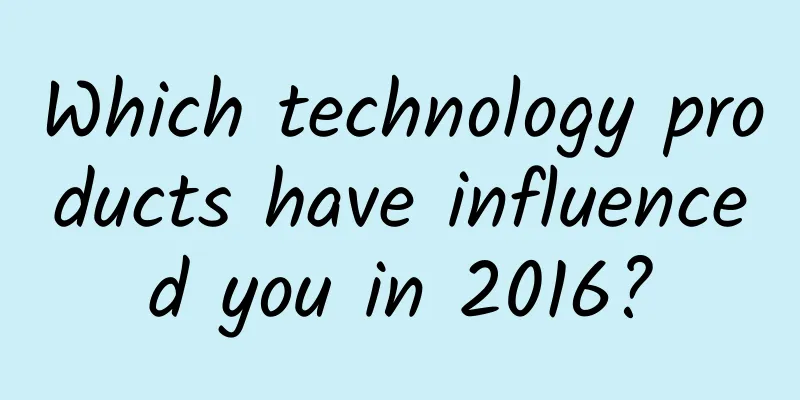Replica of the "precision eye"! New crystal material can expand the field of view to 360 degrees

|
Popular Science Times (Intern Wang Yuke) The international journal New Scientist recently published an article stating that cameras inspired by insect compound eyes can obtain an extremely wide field of view without expensive lenses, and may provide cheaper, simpler and lighter visual sensors for the navigation or tracking of robots and driverless cars. Insects such as dragonflies have paired eyes that provide an almost 360-degree field of vision, helping them to deftly avoid predators. Their eyes consist of many membranes that are essentially tubular, with a simple lens at one end and rudimentary photoreceptors at the other. Their vision is made up of pixel-like inputs from these membranes. It has proven challenging to create a camera that can achieve the same function by covering the image sensor on a hemisphere or making multiple lenses to direct light to a central sensor. Without the need for precisely manufactured lenses, Chi-Yong Fan, a PhD student in interdisciplinary materials science at the Hong Kong University of Science and Technology, and his colleagues replicated the structure of insect eyes using nanowires made of a crystalline material called peritectic. Their design consists of a 3D-printed hemisphere about 2 centimeters in diameter. The hemisphere has 121 openings, each 1 millimeter in diameter, like a simple pinhole camera. In each hole, peroxide nanowires direct light from an extremely narrow field of view onto a light sensor, and electronics combine the results into a single image. The artificial eye can generate images with a field of view of 140 degrees, and a pair of overlapping artificial eyes can expand the field of view to 220 degrees. Copyright images in the gallery. Reprinting and using them may lead to copyright disputes. Fan Zhiyong said that in some robot applications, such as in drone swarm formation flying, they need to maintain a certain distance, perhaps only a few meters away. They need to know the precise position and relative speed of approaching and moving away from each other, so compound eyes are very important, with a wider field of view and more sensitive to movement. The researchers also built a pair of smaller artificial compound eyes equipped with 37 light sensors. They installed the system on a quadcopter drone and were able to use it to track the robot dog on the ground. Fan Zhiyong said that the compound eye design also has the advantages of being simple and lightweight, but it will not completely replace traditional cameras. |
<<: Cultural Relics + 928 Sets! World-class Major Archaeological Discovery →
Recommend
What exactly did the addictive Tik Tok short videos do to you?
The world of short videos has never been peaceful...
Mistakenly thought it was a cold, and almost lost my life! Don’t ignore these situations...
Have you ever had this experience when you had a ...
Segment "user activity status" to help you achieve KPI indicators
“Why has the conversion rate decreased? I can’t f...
Use two pictures to tell you why your app freezes?
[[192710]] What's the material? You can get t...
How many of these Weibo promotion techniques have you used?
What are the methods of Internet marketing? You c...
Why do banks love to build big buildings? Are there billions of dollars hidden inside?
One minute with the doctor, the postures are cons...
If Beijing Hyundai doesn’t launch electric vehicles, will it be forced to withdraw from China?
According to Seoul Economic Daily, Hyundai Motor’...
Product Operation: How to position the product?
Sometimes in the workplace, we encounter products...
Carbon fixation is 290 times greater than that of grasslands! Why is this "carbon capture expert" so popular?
In recent years, the concept of "dual carbon...
Marketing Planning: How do users make choices?
The greatest value of this article is to establis...
Honor Smart Screen PRO review: A TV that can’t do fitness is not a good smart screen
"Those who want to leap forward from the pre...
Zhang Lei’s 21 side job training courses: Let novices learn how to make money from side jobs, easy to understand and simple to use
Zhang Lei's 21 side job training courses: Let...
A Tesla Model 3 caught fire on a highway in China: Official: It was caused by a scratch on the chassis
In the hot summer weather, electric car spontaneo...
This tumor is not easy to detect but is very dangerous! Screening is recommended for these people!
When it comes to aortic aneurysm, many people wil...
APP message push strategy and content copywriting!
I am very happy that you clicked into my article ...









